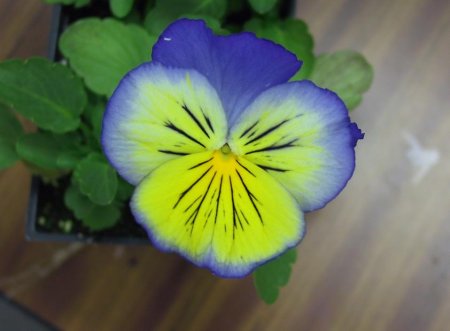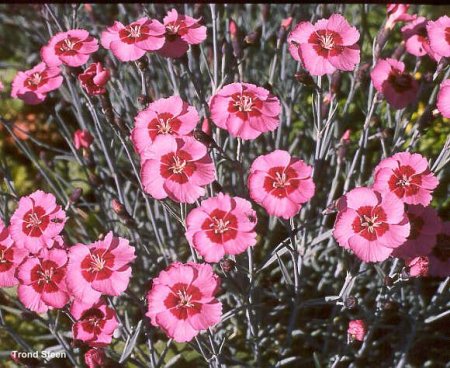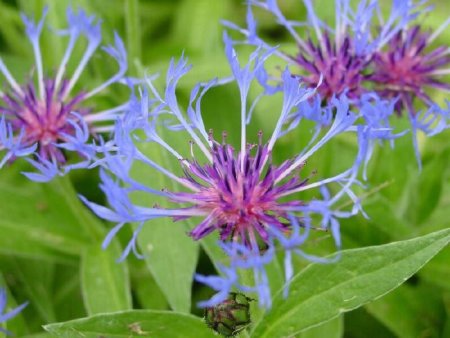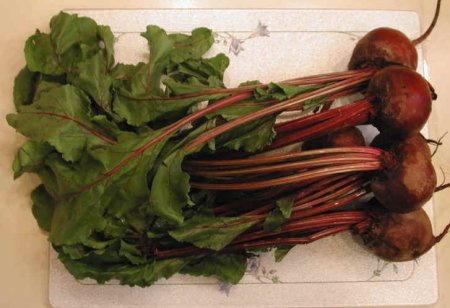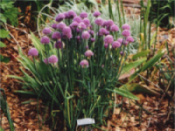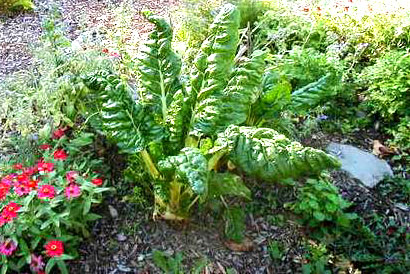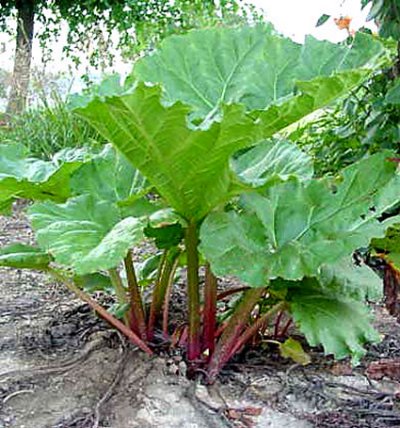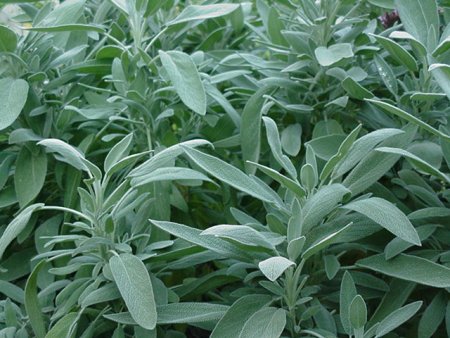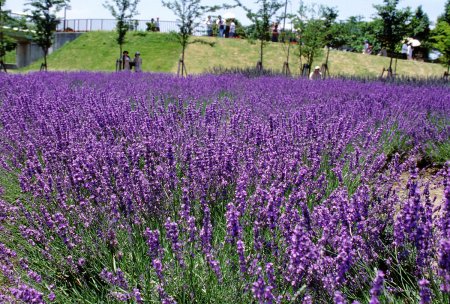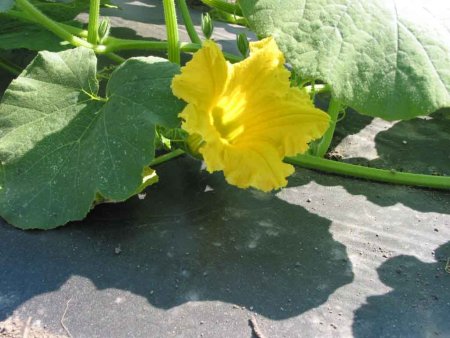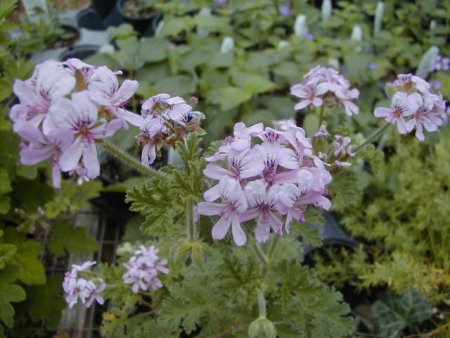
2005 Year in Review
Back to Page two: Recreation & Adult Education Listing | Back to Year in Review Index
Edible Ornamental Plants |
|
Source: Barbara Bates, Unit Educator, Horticulture, bbates@uiuc.edu Doubling the fun and bounty of landscaping can be achieved by using edible ornamental plants, said a University of Illinois Extension horticulture educator. "Interesting and beautiful plants are key to creating a pleasing landscape, but tasting good can double the value of your plantings," said Barbara Bates. "Ornamental plants that are edible include flowers, herbs, vegetables, and vines. They add flavor, color and texture to dishes when used either fresh or cooked." Many edible ornamentals are easy to grow, she added. In fact, some gardeners may already be growing candidates for the dinner table without knowing it. "Pansies, daylilies, dianthus, and bachelor buttons are all edible," Bates said. "There are other glamorous plants you may only think of as 'vegetables' meant for the straight orderly rows of the vegetable garden. Some common vegetables can really add character to your perennial shrub or flower border. Use these plants as accents or to blend and transition existing elements in your landscape." Leafy edibles such as beets, leeks, chives, Swiss chard, and leaf lettuce, especially the colored varieties, make great additions to perennial borders, Bates noted. "Plant them in small groupings for texture and color," she said. Red leaf lettuces such as "Outrageous," a romaine-type with ruffled leaves, are striking in the garden. Swiss chard "Colored Lights" with stems in a variety of colors is a favorite of many gardeners. The varieties "Golden Chard (yellow stems)" and "Rhubarb" (red stems) allow the gardener to fine tune garden color schemes. "Cabbage and rhubarb are bold enough to be planted as single plants in the border," Bates said. "Rhubarb is a perennial so its large leaves will add impact all season. Cabbage planted solo will leave a vacancy that is less noticeable and easier to fill after harvest." Plants with bold or interesting foliage such as leeks, fennel, asparagus, and carrots add drama to the garden. "'Lancelot' leeks have tall, narrow, vertical blue foliage," she said. "When planted in groupings of a dozen or more, they provide a bold, vertical effect that puts iris to shame. For a softer look, fennel has feathery, open, airy foliage that can be either green or smoky-colored as with bronze fennel. "Carrots give a low, ferny look but unlike most ferns, they prefer full sun. Plant them early and harvest after frost for season-long interest." Bates said that annual herbs such as parsley and basil offer fragrant, edible foliage for garden beds and containers. Harvest them throughout the summer to keep them productive. Perennial herbs such as sage, thyme, and lavender look great mixed in perennial beds. Different varieties of sage have grey-green, tricolor-purple, or variegated yellow and green foliage. Vines with edible fruits can be used to create vertical garden elements or as groundcovers for difficult-to-mow areas. Summer and winter squash are vigorous, large-leafed vines with large, edible blooms that can be grown on slopes or as a cover crop for beds that will be planted to flowers or shrubs later. Melons tend to have smaller foliage and are less aggressive. "Melons could be used as groundcovers for the first few years in newly planted shrub beds till the shrubs establish and fill in," said Bates. Kohlrabi is one of Bates's favorites for adding flavor, nutrition, and interest to perennial borders. "Kohlrabi is related to broccoli and cabbage, and has similar waxy foliage," she said. "It should be planted early in the spring. The variety 'Kobold' has pale green leaves that fan out at the top, providing a full look to the garden. I think the plant is reminiscent of a feathered badminton shuttlecock. "The edible portion is the bulbous swollen stem at the base of the plant. These can be pale green or pale purple. Planting kohlrabi in clusters scattered throughout the garden will provide enough of a harvest for fresh salads and snacks. Kohlrabi can be planted as a fall crop to fill in where annuals have died out." Scented geraniums and ornamental peppers are excellent plants for containers. The foliage of scented geraniums can be used in baking. The bright red fruit of ornamental pepper varieties such as "Candlelight" are held above the foliage and point upward so they are highly visible. "Expand your food palate by eating the edibles you are already growing," Bates said. "Expand both your landscaping and food palate by using traditional vegetables in a different context." by Editor, theCity1.com |
|
Copyright © 2005 TheCity1.com.
All rights reserved
